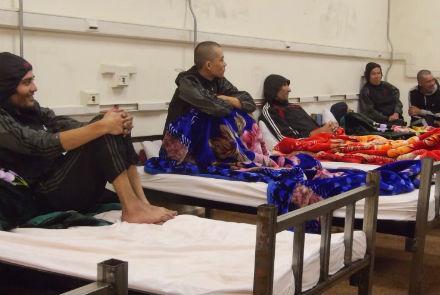Officials from Ministry of Public Health (MoPH), Ministry of Interior, Ministry of Counter Narcotics and the United Nations Office on Drugs and Crime on Sunday held their annual coordination meeting on decreasing drug demands in the country.
The MoPH officials said the number of drug addicts in the country is increasing while efforts are ongoing for fighting drugs and treatment of addicts.
The officials said that annually they treat over 40,000 drug addicts and that their rehabilitation centers have never remained empty due to a high number of drug addicts.
“Our beds in Kabul are always full… We have 2,000 beds. Recently, we have had less addicts coming to us,” said Shahpoor Yusuf, head of MoPH’s Drug Demand Reduction Department.
An official of Ministry of Counter Narcotics meanwhile said that a number of youths are using a drug called tablet-K, also called K-Tabs, besides other types of drugs including heroin, opium, hashish and alcohol and that it is a new concern.
Mohammad Naseer Sharifi, head of Drug Demand Reduction Program of the Ministry of Counter-Narcotics, said easy access to drugs is one of the main reasons behind a sharp increase in number of addicts.
“Even school students have turned to using tablet-K and it is a new challenge for Afghanistan and for the youths,” said Sharifi.
The Ministry of Interior Affairs said they have arrested 900 drug sellers this year.
According to the ministry, mafia groups outside and inside the country are behind drug dealing and smuggling.
“No doubt, there are people who support this business (drug dealing) and are actively involved in drugs distribution,” said Mohammad Kabir Ibrahimkhel, a provincial official of the Counter-Narcotics Department of the Interior Affairs Ministry.
“The UNODC wants to work systematically to respond the problems exist in Afghanistan,” said Mohammad Reza Stanekzai, the National Project Coordinator for drug demand reduction at UNODC.
MoPH officials said they have 107 drug rehabilitation centers in 32 provinces, except Uruzgan and Nuristan, which have the capacity to treat around 40,000 addicts annually.
According to the ministry, some of the addicts turn to drugs even after five rounds of treatments at the rehabilitation centers.


